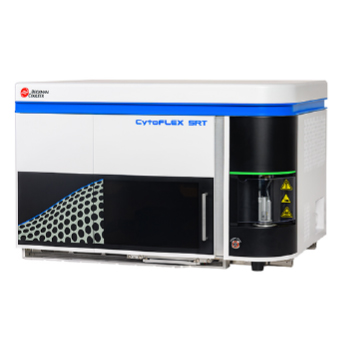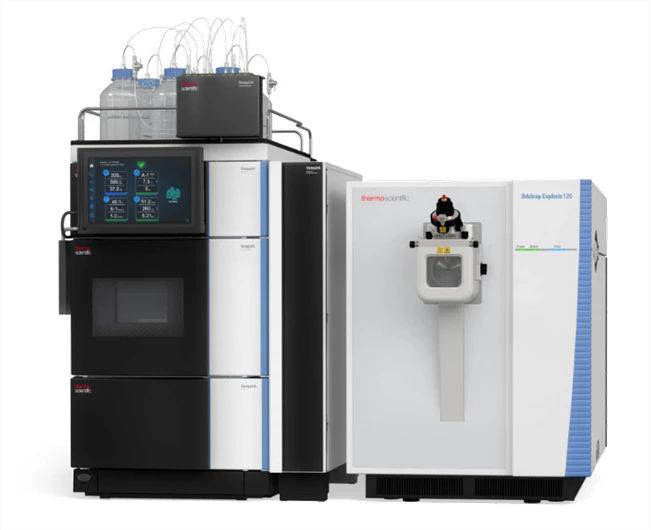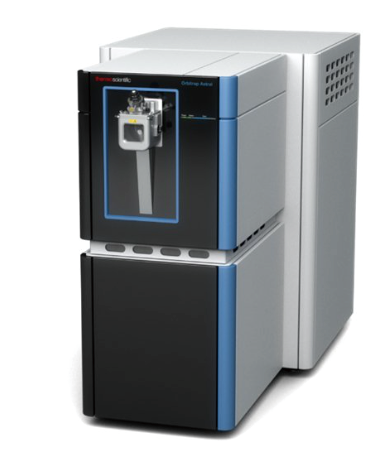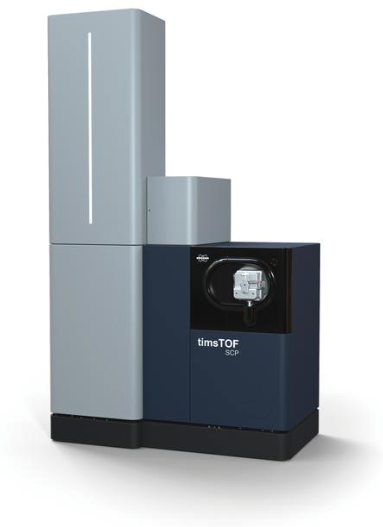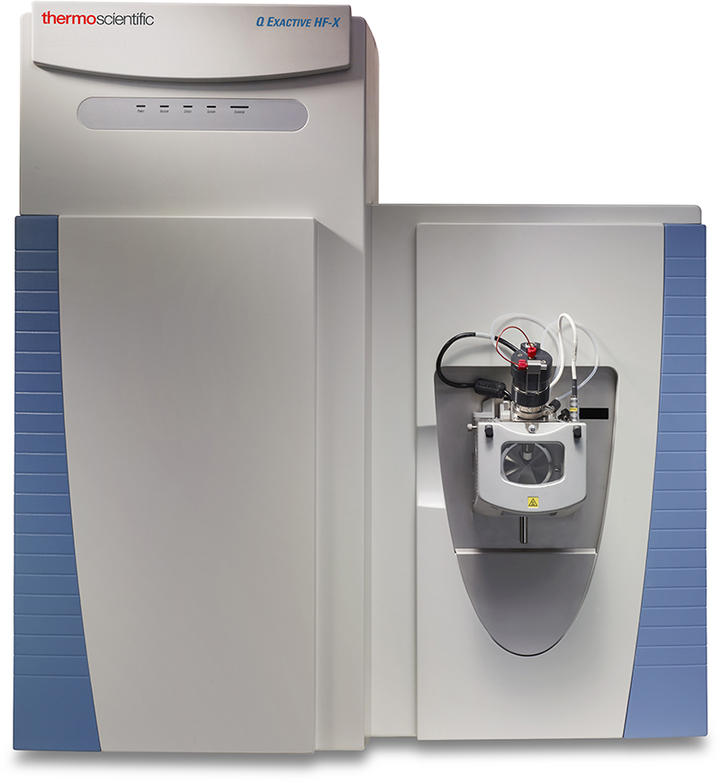abstract
Ammonia oxidation, the primary and rate-limiting step of nitri?cation, is mediated by both ammonia- oxidizing archaea (AOA) and bacteria (AOB). However, the dominant environmental driver of the ac-tivity, abundance, diversity and composition of ammonia-oxidizers has not been well understood enough, and the relative contribution of AOA and AOB to nitri?cation is still under debate. Soils treated with different fertilization regimes in an over 35-year ?eld experiment were collected to explore the variation in function and structure of ammonia-oxidizer communities and corresponding driver. The highest nitri?cation activity (44.49 mg N kg�1 soil d�1) was found in only organic fertilizer (O) treated soil, whereas the lowest activity (2.81 mg N kg�1 soil d�1) was observed in only mineral fertilizer (NPK) treated soil. Moreover, as 1-octyne was employed to discriminate AOA- and AOB-supported nitri?cation, AOA dominated (93.53%) the nitri?cation in the Control soil, while AOB contributed dominantly (84.73 e89.10%) in all of the organic amended soils, and NPK-treated soil showed an almost equal contribution to AOA (45.79%) and AOB (54.21%). Compared with the Control soil, AOA abundance increased in soils with organic and low chemical fertilizer but decreased in only chemically treated soil, whereas the AOB abundance in all fertilized soils was greatly enhanced. The AOA activity was linearly dependent on AOA abundance, whereas the AOB activity was exponentially correlated with AOB abundance. The sequences of AOA and AOB in the Control soil were mostly af?liated with group I.1b thaumarchaeota and genus Nitrosospira clusters 3a.1. Soil treated with NPK increased the abundance of AOA that belonged to group I.1a-associated lineage, whereas more abundant AOB was related to Nitrosospira clusters 3a.2 and 8b. In contrast, the O-treated soil showed more abundant AOB that belonged to Nitrosospira clusters 3b and 8b. As revealed by aggregated boosted tree analysis, the soil ammonium (NHt4) content was identi?ed as the
dominant driver of activity and diversity of AOA, and soil pH was considered to be the major in?uencing factor in abundance and composition of AOA; the AOB composition was mainly affected by soil NHt4 content, the relative activity and diversity by soil pH, and the relative abundance by soil electrical conductivity (EC). Collectively, different fertilization regimes will result in variations in activity, abun- dance, diversity and composition of ammonia-oxidizers with distinct drivers. Our research could be helpful to identify better strategies for the mitigation of nitrate production in agricultural soils.
link text
https://www.sciencedirect.com/science/article/pii/S003807171630520X














